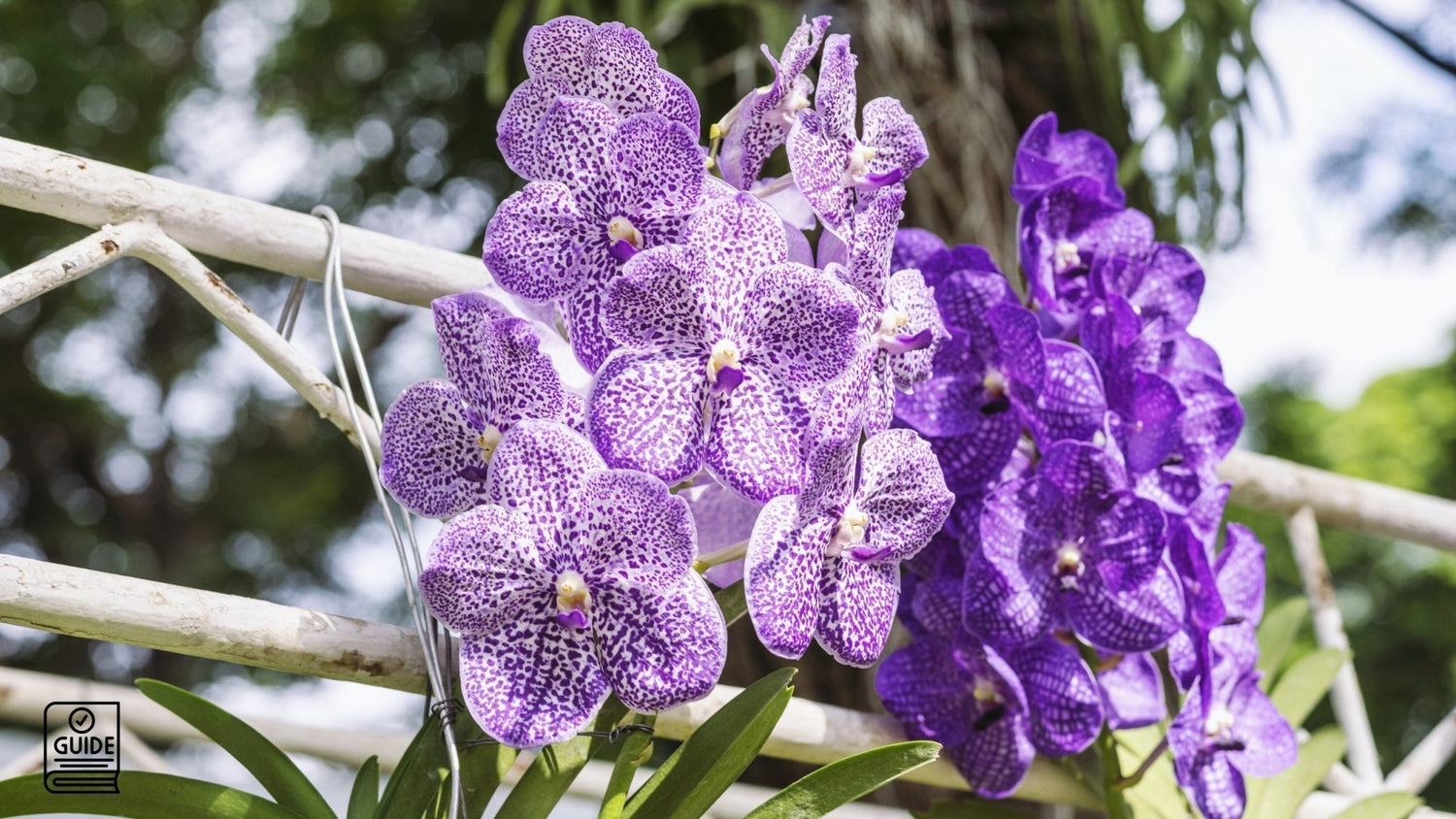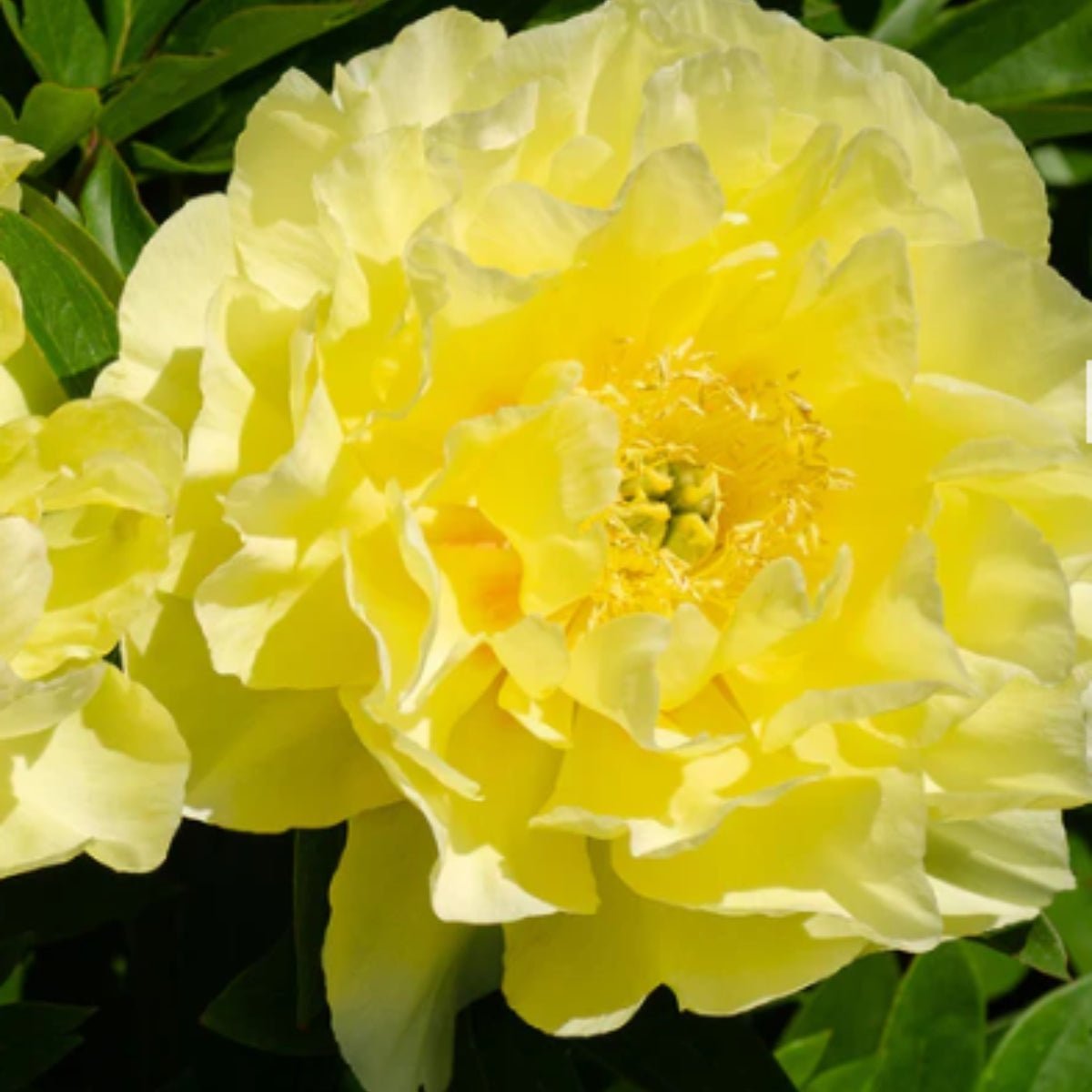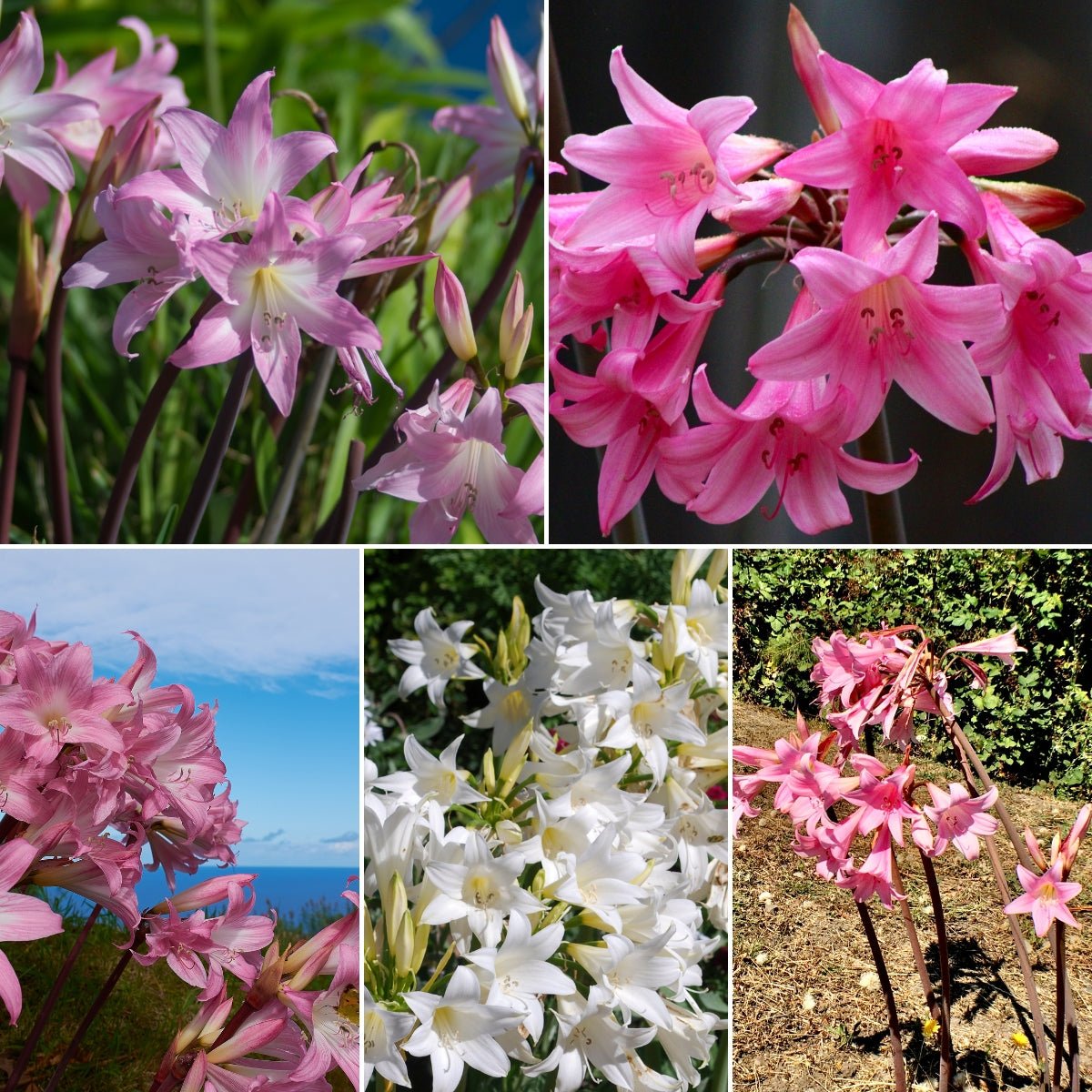Ah, daffodils – those heralds of spring, bursting through the last of winter's chill with their bright and cheerful blooms. Whether you're a novice gardener or a seasoned green thumb, growing daffodils is a rewarding endeavor that promises to bring a splash of joy to your garden. With their wide range of sizes, colours, and shapes, daffodils are surprisingly easy to grow, provided you give them a little attention and care. Ready to fill your garden with a sea of gold, white, and orange? Let's dive into the ultimate guide to growing daffodils, from bulb to bloom.
Planting Daffodils: The First Step to Spring Splendor
When to Plant: Timing is everything with daffodils. Plant your bulbs in the fall, about 2 to 4 weeks before the ground freezes. This gives them ample time to establish roots before the winter.
Choosing the Right Spot: Daffodils thrive in a sunny to partially shaded spot that receives at least six hours of sunlight daily. They're not too picky about soil as long as it's well-drained. Poorly drained areas can lead to bulb rot, so if you're stuck with heavy soil, consider adding some sand or compost to improve drainage.
Planting Depth and Spacing: Dig a hole about 6 inches deep for your daffodil bulbs, or about three times the bulb's height. Space them about 3 to 6 inches apart to give each plant enough room to grow and flourish.
Caring for Daffodils: Keep Them Blooming
Watering: Daffodils require regular watering during their growing season, especially in the fall when the bulbs are establishing roots and in the spring during the blooming period. However, once they've bloomed, you can cut back on watering as they enter dormancy.
Fertilizing: A sprinkle of bulb fertilizer at planting time and again in early spring as the shoots emerge can provide the necessary nutrients for beautiful blooms. Avoid high-nitrogen fertilizers, which can promote leaf growth at the expense of flowers.
Deadheading and Aftercare: After your daffodils have bloomed, deadhead the flowers to prevent seed production, but leave the foliage in place. The leaves continue to photosynthesize and provide energy for next year's bloom. Wait until the leaves have yellowed and died back naturally before removing them.
Propagation: Multiplying Your Daffodils
Daffodils naturally produce offsets or "daughter bulbs," which can be gently separated and replanted when you dig up your bulbs for division every 3 to 5 years. This helps rejuvenate overcrowded clumps and ensures vigorous growth and blooming.
Common Problems and Solutions
While daffodils are relatively low-maintenance, watch out for bulb rot in overly wet conditions and pests like slugs and snails. Good drainage and occasional slug bait or barriers can help keep these issues at bay.
Conclusion: The Joy of Daffodils
Growing daffodils is one of the simplest pleasures a gardener can enjoy. With minimal care, these hardy flowers will return year after year, multiplying in number and delighting with their early burst of colour. Whether you're planting a dedicated daffodil bed or dotting them around your landscape, these cheerful blooms are a surefire way to welcome spring into your garden.
Happy gardening, and may your daffodils light up your garden with their vibrant hues and joyful presence!
Buy Daffodils Online here.




